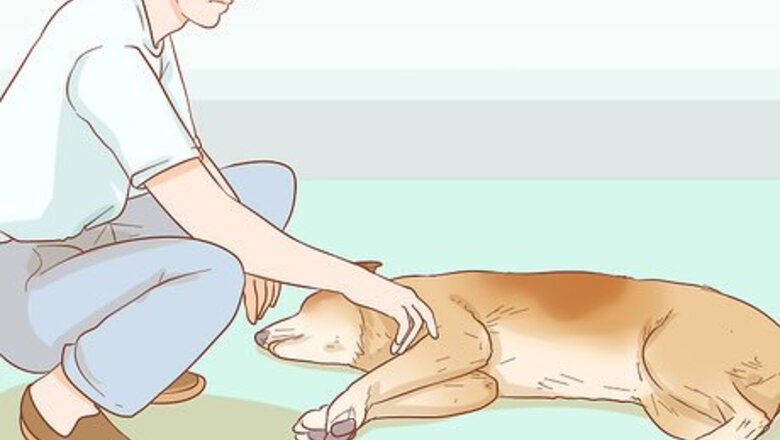
views
X
Research source
- Elevate your dog's head to help the blood flow away from their brain. Bring your dog to a vet as soon as possible.
- Stay with your dog until the stroke is over, and help them relax by talking continuously in a soft voice. Remain as calm as you can.
- Offer your dog water occasionally, but only allow them to drink for several seconds at time.
Keeping Your Dog Safe During a Stroke
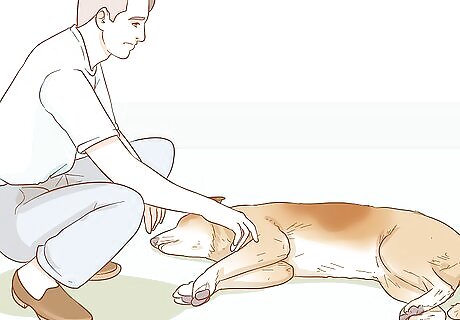
Stay with your dog until the stroke is over. This may take a few minutes to several hours, but it is important to be with the dog to keep them safe and reassured. People are frequently not present when the actual stroke occurs, but if you notice rapid eye movement, loss of balance, or vomiting, your dog may be having a stroke. Try to stay close to your dog, and don’t move them until the symptoms have stopped.
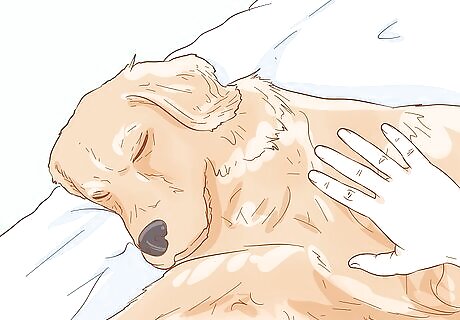
Help your dog relax. Talk to the dog in hushed tones, and do whatever you can to make your dog feel more at ease. Even though the situation can be frightening or stressful for you, try not to demonstrate that stress to your dog. Remain as calm as possible. Let your dog move around if they want to without stopping them, but if they come to you crying or seeking attention, take time to speak to them softly and pet them.
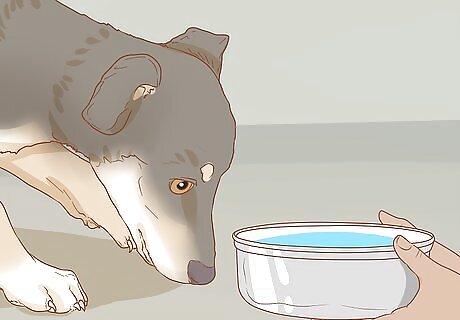
Offer the dog water periodically. Some dogs develop an unquenchable thirst following an acute stroke. It is important that they have water, but you might need to limit the amount. Your dog may not stop drinking as long as the water is in front of them, so allow them to drink a few swallows at a time and remove the water. Monitor your dog’s behavior and react accordingly. The vet will be able to carefully monitor your dog's hydration and provide appropriate and safe levels of fluids. If you're unsure how much water to offer, call your vet or local emergency animal hospital.

Elevate your dog's head. Keep your dog's head free of excess pressure. Make sure your pet is elevated so the blood flows away from the brain if they are laying down. If the dog is sitting or walking around, try to gently move their head upwards to relieve pressure. Stroke is caused by excess pressure between the brain and skull bone, so preventing additional pressure is essential.
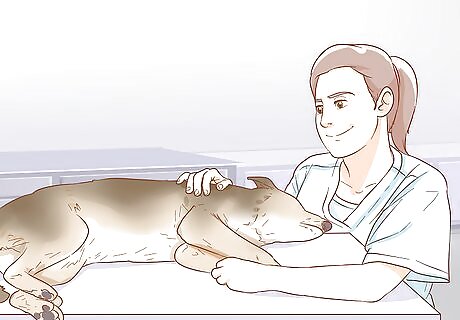
Take the dog to the vet immediately. If there’s an emergency animal clinic nearby, go there right away. The sooner a pet doctor is able to evaluate and assist your dog, the better. They can help you keep your dog safe, and professional care will increase your pet’s chances for a full, healthy recovery. However, if you believe your dog is currently having a stroke, wait to move the dog until they are calm. In most cases, your dog will need to remain hospitalized for several days, so your veterinarian can monitor their health at regular intervals.
Caring for Dogs who Have Suffered Canine Stroke
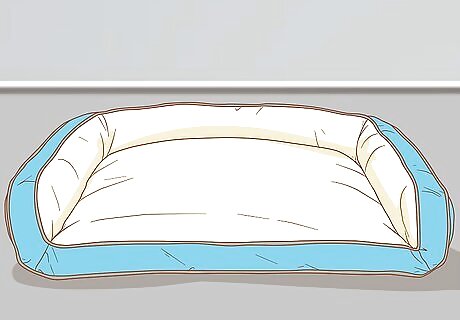
Provide a comfortable resting place. Make sure your pup has a warm spot where they'll feel safe, during recovery. Dogs recovering from stroke can be confused or stressed. If they already have a regular spot, add some extra padding, blankets, or cushions to the area to make them more comfortable. It's especially important to keep them warm without overheating. Your veterinarian will be an excellent resource to help you provide optimal comfort for your pup, once they return home.

Reposition your dog regularly. If they are unable to move freely, your pup may develop sores or body aches when they rest too long in the same spot. Gently shift them to another side or onto their stomach periodically to avoid this. If your dog is unable to move well enough to go outside to dispose of waste, you may want to position them in hay, wood chips, or other disposable, absorbent materials.
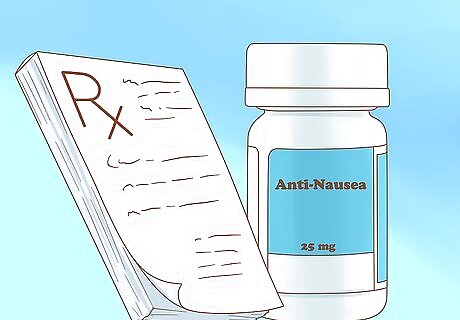
Administer medications as instructed. Depending on the cause or resultant medical concerns of your dog's stroke, you may need to provide them with a variety of prescription medicines. Sedatives may be prescribed for anxious or disoriented dogs, especially those who demonstrate aggressive behaviors. Anti-nausea medication may be prescribed if your pup is dizzy and unable to keep down foods. Anti-inflammatories are prescribed for dogs who still have swelling concerns, and anticonvulsants may be used to prevent seizures.
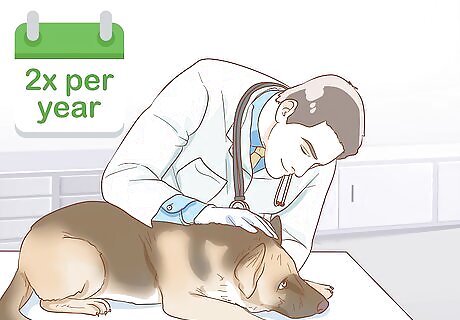
Take your dog to the vet regularly. More frequent preventive doctor visits are important for dogs who've suffered a stroke. Going to the vet at least twice a year gives your vet the opportunity to screen for early indicators of stroke as well as numerous other canine illnesses that you may not recognize yourself. Your vet can then guide you through providing the best care for your dog at home.
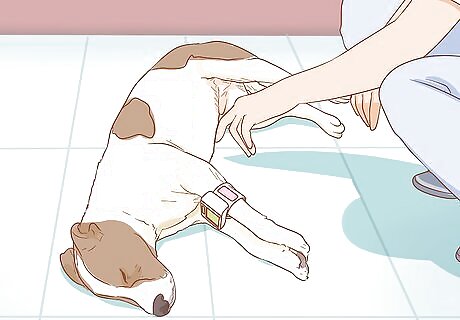
Determine the cause of the stroke. It’s important to know what type of stroke your dog has experienced. Strokes can be caused by a blood clot or bleeding in the brain. This may occur with little or no warning or as the result of prolonged poor health caused by high blood pressure, infection, cancer, kidney disease, or heart health issues. It’s important to work with the vet to understand the root cause of the stroke in order to develop a treatment plan to prevent recurrence. For instance, a dog whose stroke is the result of high blood pressure may need to take regular medication to reduce blood pressure.
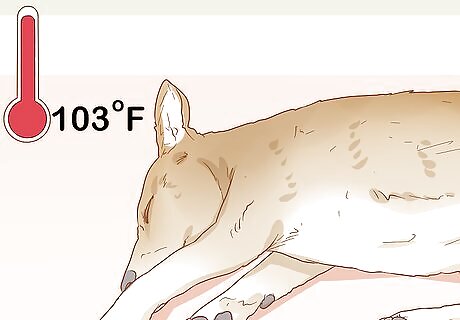
Differentiate between heat stroke and vestibular disease. Heat stroke occurs when your dog’s body temperature is elevated above 103° F or 39° C for an extended period of time. This can lead to brain and other organ damage or failure. The symptoms are very similar to strokes caused by vestibular disease, but the causes are much different and easier to prevent by making sure you’re helping the dog stay cool and providing plenty of water on hot days. Dogs can also suffer heat stroke caused by prolonged temperature as a result of illness or infection. Make sure to take your pet to the vet, if they show signs of sickness or infection like vomiting or lethargy. Rarely, dogs experience a genetic malformation that causes them to be incapable of regulating body temperature. This is much more difficult to treat and will require ongoing maintenance performed by your vet.
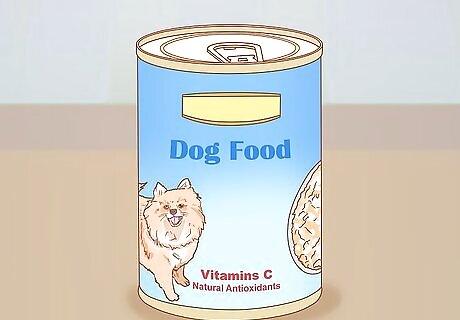
Increase your dog’s antioxidant intake. Check your pet food for the inclusion of common natural antioxidants like vitamins C and E and citric acid. You may also find synthetic antioxidants like BHA and BHT on the ingredient list. Antioxidants are essential to prevent the negative effects of oxidation, which causes degeneration of healthy cells in the brain and other organs. Thus, the risk of stroke and other health concerns increases. Dogs often eat herbs like rosemary in the wild that boost their antioxidant intake, so consider including some fresh rosemary in your dog’s daily meals.
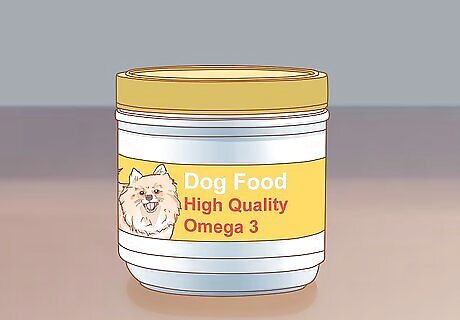
Feed your pup a diet high in omega fatty acids. Omega 3s are thought to help dog's recovering from a stroke because the Omega 3 fatty acids are concentrated in the brain where they create connections between the various parts of the brain. They also reduce inflammation and increase the flow of oxygen through the body, which is essential for the healthy function of every part of the body. You can look for store-bought foods that include Omega 3s, or you can give your dog Omega 3 supplements. Check with your vet before beginning this course of treatment.
Determining Whether Your Dog had a Stroke
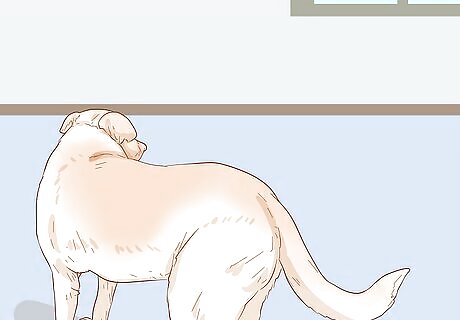
Watch your dog’s movements. You may not be present when your dog has a stroke, so it's important to know the warning signs that one has occurred. Your pup may become imbalanced, lean to the side, or be completely incapable of walking. Other pets begin walking in circles because they are disoriented. If you notice any of these telltale signs, proceed to your nearest emergency pet hospital or your veterinarian’s office if possible.
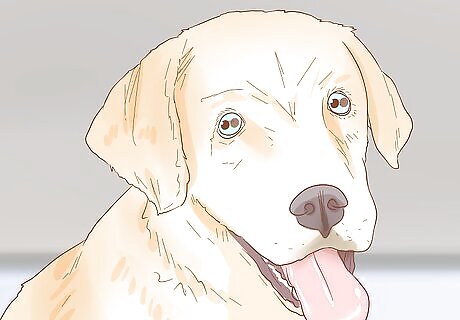
Look at your dog’s eyes. If their eyes are moving rapidly from side to side, they may be having a stroke or they may have had one previously. This is called nystagmus, and it may also cause your dog to be unable to focus their eyes. Nystagmus may not happen constantly, but following a stroke or during a stroke, you will likely see some indicator that your dog’s eyes are unfocused, rapidly moving, or irregularly positioned (cross-eyed).

Count your dog’s breaths. Rapid breathing is another early indicator your dog is experiencing a stroke, may have a stroke, or has already had a stroke. Many dogs pant as though they are too warm, but in others, you will simply see their sides rising and falling very quickly. Other dogs may seem to struggle to breathe in at all and look and act as though they are gasping for air. Typically, dogs breathe between ten and thirty-five times each minute. To check your dog’s rate of respiration, set a timer for fifteen seconds. Count your dog’s heart beats and multiply by four. If your dog’s resting heartbeat is above thirty-five, seek medical assistance.
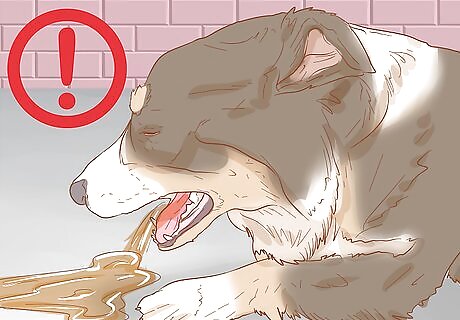
Monitor your dog’s food intake. Stroke affects some dogs the way carsickness does. It causes dizziness and nausea which may lead to vomiting and loss of appetite. If your dog seems suddenly unwilling or unable to eat or vomits frequently following meals, this may be a warning sign of stroke.
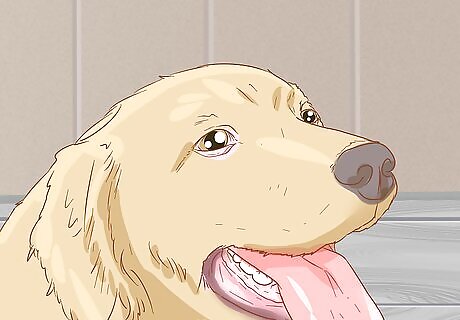
Check for bright red eyelids and gums. This discoloration indicates your pup has had a decrease in the amount of oxygen circulation. Dark red coloring inside the eyelids and mouth is one of the most noticeable changes that occurs when dogs have recently suffered a stroke.

















Comments
0 comment